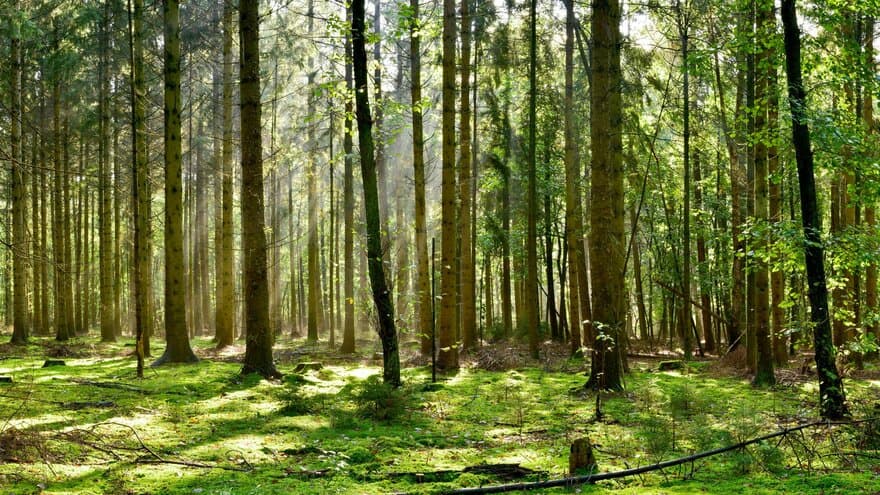Research Council of Norway (FRIPRO)
Background
Forests are the world’s largest terrestrial carbon sink with trees representing a sustainable and renewable source of ligno-cellulose raw material for traditional and future industries. Despite the vital importance of forests to life on earth, and their vast future potential, we still cannot answer the most fundamental question: What makes a tree a tree?
The tree form evolved independently in several classes of plants during the past 400 million years, but it is unclear to what degree wood in extant tree species is homologous, especially between the gymnosperm and angiosperm lineages that are separated by over 200 million years of evolution. What is clear, however, is that most genes that are known to be essential for wood formation also exist in non-tree species. It is therefore the unique regulation, rather than the presence of unique genes, that distinguish trees from non-trees.
High-throughput sequencing has facilitated a golden age for cross-species comparisons of different genomic features. Comparative studies have dramatically increased our understanding of the evolutionary history and architecture of plant genomes, and revealed a remarkable difference in genome size and composition. Despite the vast range in genome size, gene content varies comparatively little, and we now recognize that differential gene regulation is one of the most important determinants of the variation between species. This aspect of evolution remains relatively unexplored, especially for trees.
Objective
We aim to understand the process of wood formation in angiosperm and gymnosperm tree species by modelling the regulatory networks orchestrating the differentiation of stem cells into woody tissues. We are integrating multi-omics data to infer regulatory networks for each species and comparing these networks across species to identify regulatory mechanisms explaining the evolution of trees. In addition, we will test experimentally some of the predicted regulatory mechanisms.
Approaches
To study the evolution of gene regulation in trees, we will align regulatory networks from three gymnosperm (conifers) and three angiosperm tree species. While each regulatory network will describe co-regulation within a species, their multiple alignment will reveal conserved and diverged regulation across species. We will then study various network properties including individual genes, simple topologies containing several genes (i.e. network motifs), subnetworks (i.e. gene modules), and regulatory mechanisms (i.e. one or more regulators targeting a cis-regulatory module (CRM) of co-expressed genes).
Network properties that align across all or most species are conserved and will reveal core regulatory mechanisms underlying wood formation, while those aligning in only subsets of species have diverged and can be used to explain the evolution of plant diversity. In this project, we are particularly interested in properties with high conservation within gymnosperms and angiosperm trees, but that differ between gymnosperms and angiosperms, since these can explain differences between the two tree lineages. We are also interested in properties conserved across all trees, but that are different in non-tree species such as arabidopsis, since these can answer the question: What makes a tree a tree?
